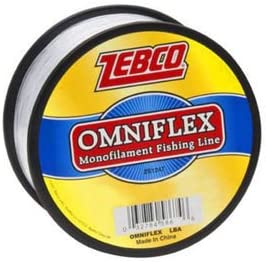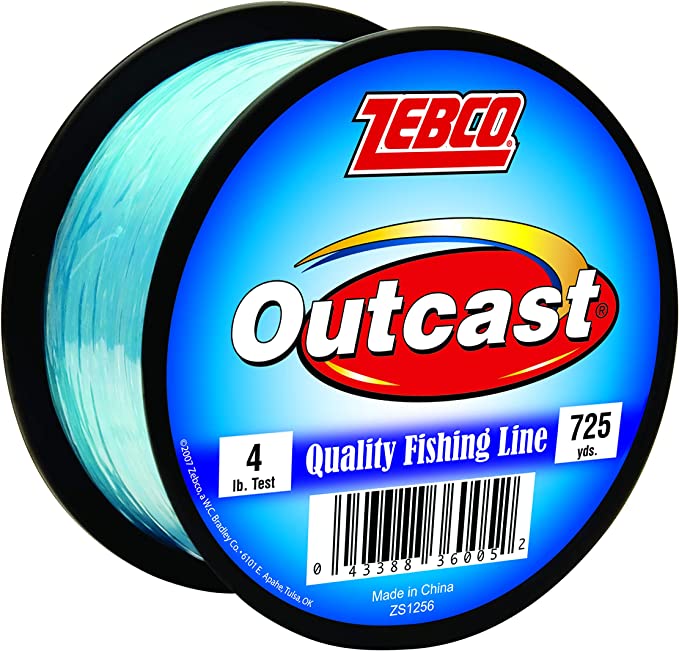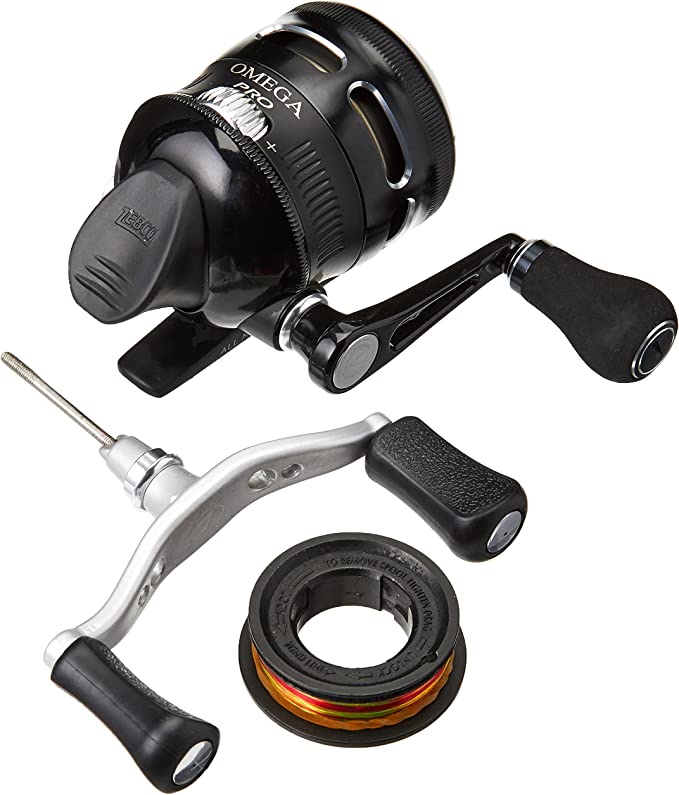The Unseen Science of Fishing Line: From Nylon's Discovery to Landing the Catch
Update on July 31, 2025, 7 p.m.
Every angler, from the weekend warrior to the seasoned pro, knows the feeling. It’s a jolt of electric connection, a sudden, heavy weight that bends the rod into a deep arc. The fight is on. Adrenaline surges. You play the fish perfectly, letting it run, then patiently regaining line. It’s close now, a flash of silver and green in the depths. And then… nothing. A sudden slackness, a gut-wrenching emptiness. The line has snapped. That story, re-told countless times around campfires and at tackle shops, isn’t just a tale of bad luck. It’s a story about physics, chemistry, and the most underappreciated hero in your entire tackle box: your fishing line.
To truly understand the spool of Zebco Omniflex 20lb Test Monofilament in your pack, we must travel back to a time before it existed. Anglers once relied on lines painstakingly braided from silk or even horsehair. They were thick, visible, and prone to rot. The revolution arrived not on the water, but in a Delaware laboratory in the 1930s. A team of chemists at DuPont, led by Wallace Carothers, synthesized a miraculous new polymer they called “Fiber 66.” The world would soon know it as Nylon. Initially famous for creating a frenzy over women’s stockings, this material’s true, lasting impact on recreation was its transformation of fishing. For the first time, anglers had a line that was thin, incredibly strong for its diameter, and consistent. The modern era of fishing had begun.
Deconstructing a Strand of Science
That simple, clear strand of monofilament is a marvel of material science. The term monofilament itself means it’s a single, non-braided fiber. It’s created through a process called extrusion, where nylon polymers are melted and forced through a tiny die, emerging as a single, continuous strand that is rapidly cooled and stretched. This stretching process is critical; it aligns the long polymer chains along the length of the line, giving it its remarkable strength.
This is where the “20lb Test” rating on the package comes into play. This is a precise engineering specification for the line’s tensile strength. It means that under laboratory conditions, this .018-inch diameter line can withstand a direct, steady pull of 20 pounds before it reaches its breaking point. Think of it as the line’s absolute, straight-line power—the force required to pull a trophy largemouth bass out of thick lily pads or wrestle a stubborn catfish from its snag-filled lair. It represents a carefully engineered balance between brute force and the finesse required for a subtle presentation.
The Physics of the Cast: Memory and Invisibility
Beyond sheer strength, a line’s performance is dictated by physics. One of the most critical properties is line memory. If you’ve ever had a line spring off your reel in unruly coils that cause tangles and reduce casting distance, you’ve experienced high memory. This isn’t a defect; it’s a physical principle known as plastic deformation. When the line is stored tightly on a spool, its polymer chains are forced to conform to that shape. Over time, they “set” in that coiled position. This is plastic deformation—a permanent change.
A quality line like the Omniflex is engineered for low memory, which means it exhibits greater elastic deformation. Think of the difference between bending a paperclip and stretching a rubber band. The paperclip (high memory) stays bent, while the rubber band (low memory) snaps back to its original shape. A line with good elasticity comes off the spool straighter, flows through the rod guides with less friction, and ultimately allows for longer, smoother casts and a more natural bait presentation.
Just as important as how the line behaves in the air is how it behaves in the water. The effectiveness of a clear line is a beautiful lesson in optics. The secret is a property called the refractive index, which measures how much light bends when it passes from one medium to another. The refractive index of water is approximately 1.33. Nylon monofilament has a refractive index of around 1.53. While not a perfect match, this is significantly closer to water than the refractive index of air (which is about 1.0). Because the bending of light is minimized, the line becomes much less visible to wary fish, effectively becoming a stealth delivery system for your lure or bait.
The Unspoken Weakness and the Final Connection
However, a line’s advertised tensile strength applies only to a perfect, untouched strand. In the real world, a line is only as strong as its weakest point, and that point is almost always the knot. Tying any knot creates bends and compression points that concentrate stress, unavoidably reducing the line’s breaking strength. This is why knot efficiency, or knot strength, is so critical. It’s the measure of how much of the original tensile strength a line retains after a knot is tied. Monofilament, due to its smooth, single-strand nature, excels in this area. It allows knots to cinch down smoothly and tightly, distributing the pressure evenly and often retaining 85-95% of its stated strength, a crucial factor in the final moments of a tough fight.
Understanding this science transforms you from a simple user of gear into a master of it. You’ll know that the memory in your line can be relaxed by stretching it. You’ll understand that the 20-pound test rating is your reserve of power, while your knot is the critical point of execution. A product like the Zebco Omniflex has endured for so long not because it’s flashy, but because it reliably executes these scientific fundamentals. It offers the tensile strength to be tough, the low memory to be manageable, and the knot-friendly nature to be dependable. It is the legacy of a chemical revolution and a testament to the quiet, powerful physics that connect you to the fish at the other end.






















